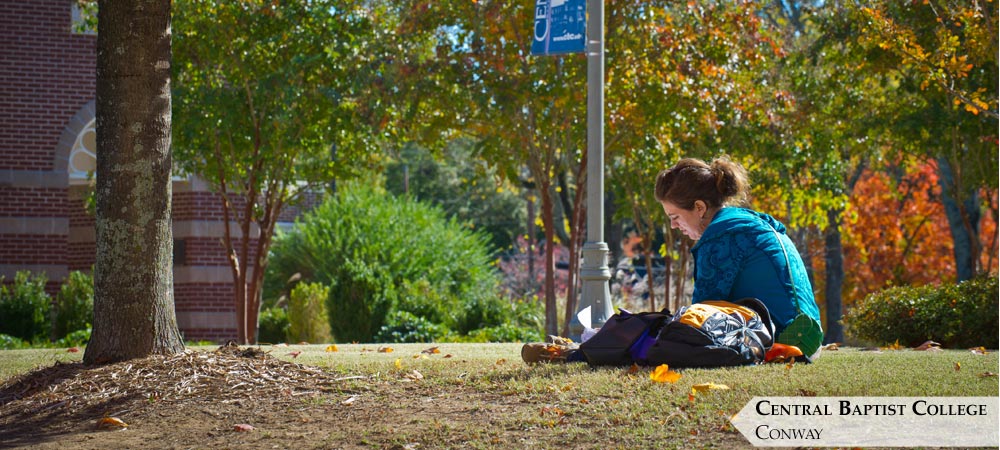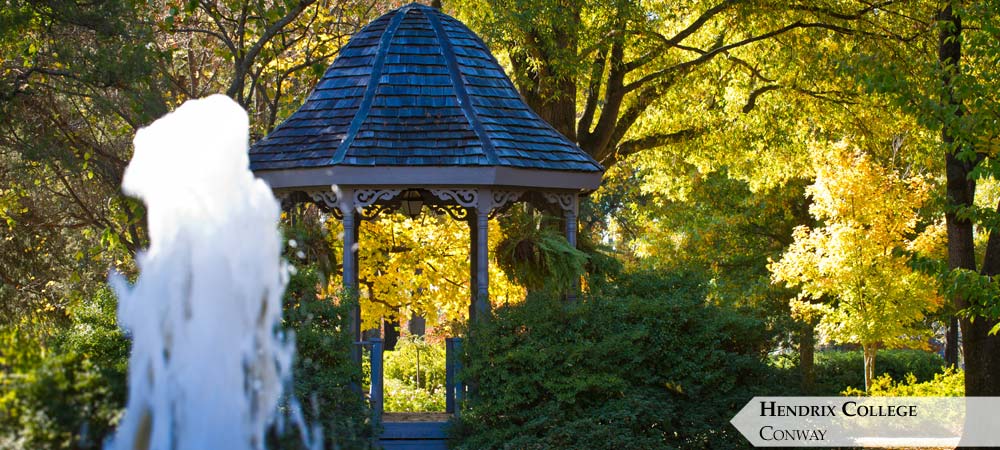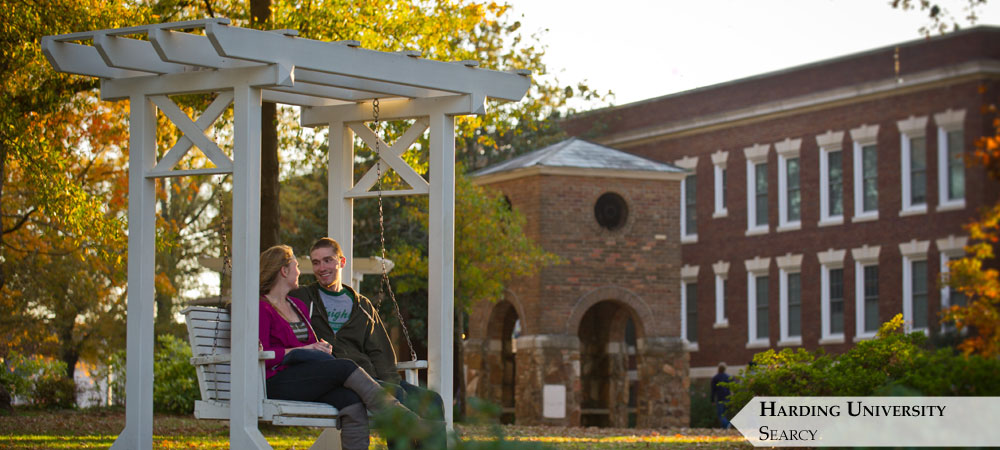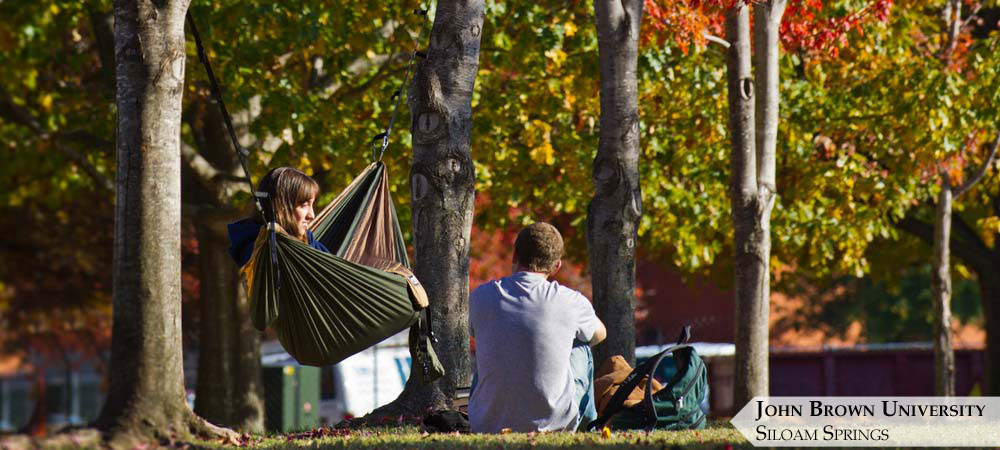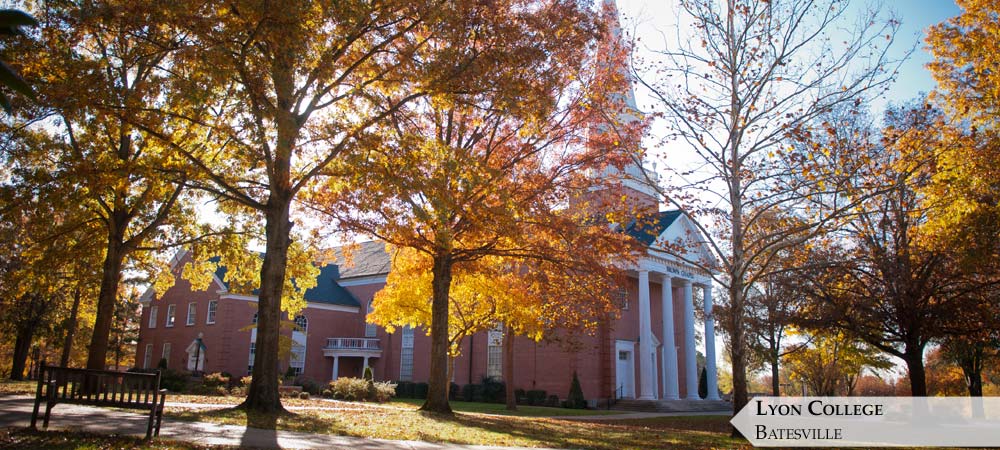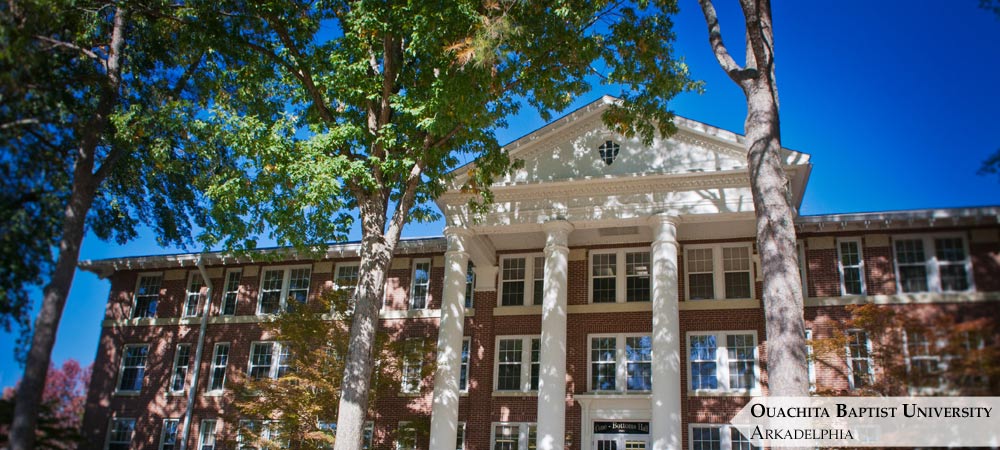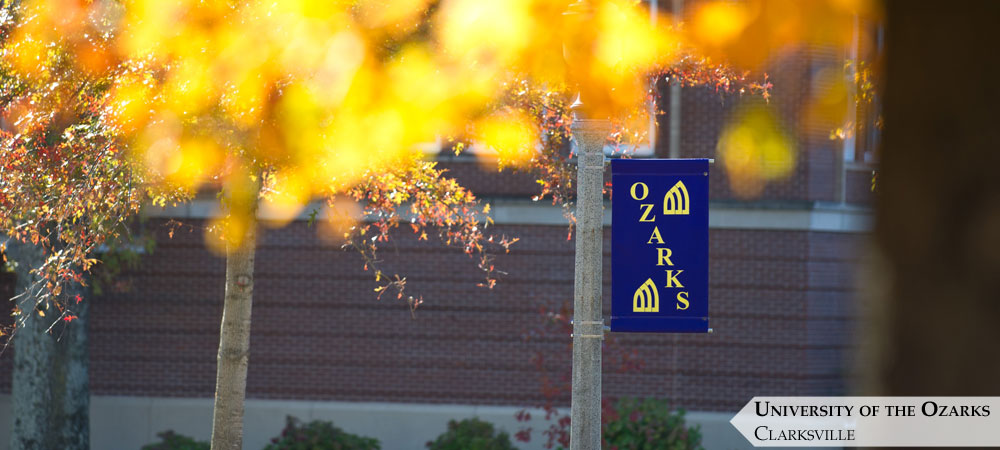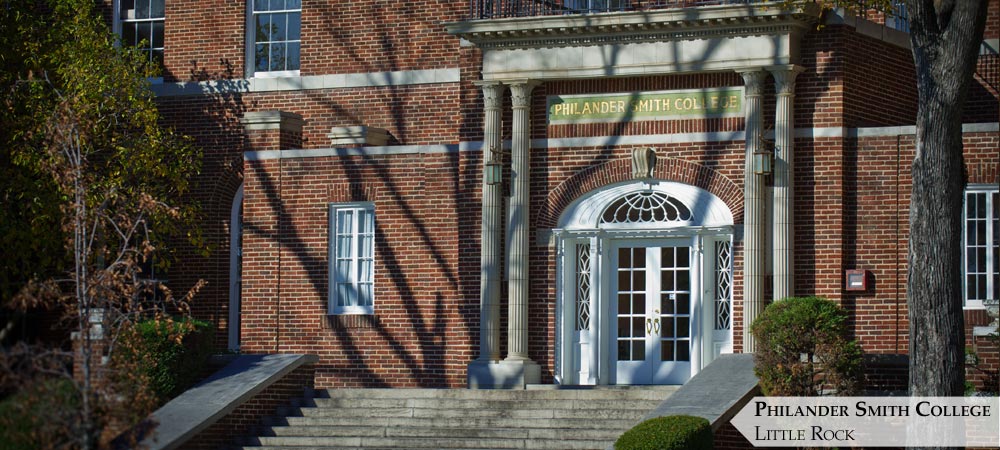In mid-March, the University engineering and physics department received a call from Unity Health anesthesiologist Dr. Vernon Brewer asking if they would be willing to design masks and face shields in case of a PPE (personal protective equipment) shortage in Searcy. Rich Wells, assistant professor of engineering, assembled a small team to work on designing, manufacturing and producing masks and face shields for the medical center.
The project team began work immediately and consisted of Jon White, associate professor of engineering and physics; Brian Jones, Harding Academy High School math teacher; Weston Burks, senior mechanical engineering student; David Breezeel, freshman mechanical engineering student; Kassandra Fetz and Karlee Carney, pharmacy students.
The first step in the process was to choose a design that would be safe and practical to produce. Wells spent hours researching different designs that fit three specifications.
The first factor was safety. Although the homemade cloth masks that many are making provide protection for the general populace, Wells said they do not provide adequate protection for health care workers constantly coming in contact with COVID-19 patients because they do not filter out the small submicron-size viruses. In choosing a design, they wanted to provide the highest level of protection possible. Next, Wells said he looked for a design that would fit the user’s face well.
“If you don’t have a good fit, it leaks, and that defeats the purpose,” Wells said.

The third factor was breathability. The team placed a high priority on this because if the mask was hard to breathe through, it wouldn’t do its job correctly.
Within the first two weeks, four prototypes were chosen, produced and delivered to Dr. Brewer at Unity Health. Some of the masks had different shapes, while others had different filter and flow area sizes.
“Filter material is becoming in short supply,” Wells said. “So the question became: can we design a mask that still works but doesn’t require as much filter material as a standard issue mask in order to conserve resources that are in short supply?”
Once a design was chosen, Wells and the team began printing and assembling the majority of the masks and shields using a laser cutter and 3D printer in the University engineering lab. The overall process from research to production took about three weeks to complete.
Wells said it was a good learning experience. “We enjoy engaging with our community. In this case, we are supporting those healthcare workers treating people with COVID-19.”

